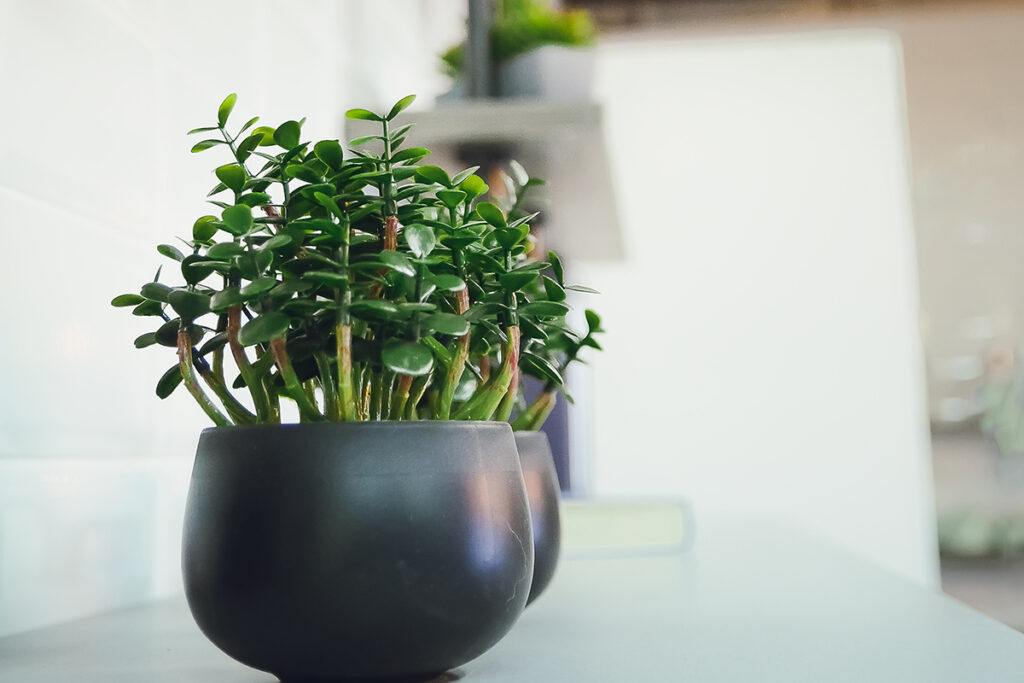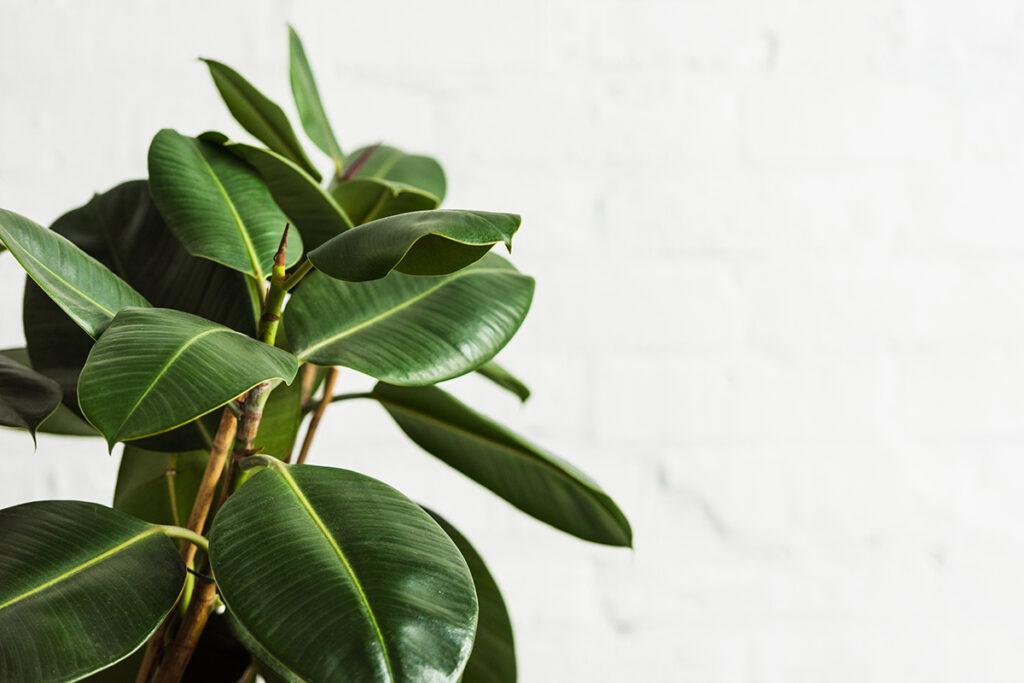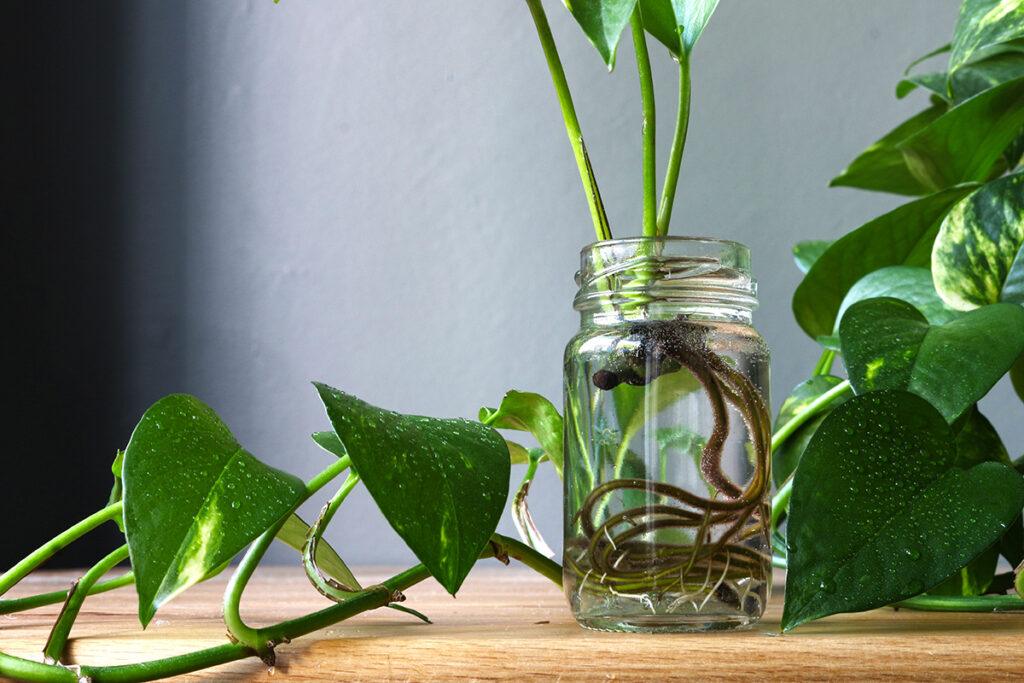No Green Thumb Required
If you’ve always wanted a home full of lush greenery but struggled to keep your houseplants alive, help is at hand. Some houseplants are very difficult to care for, requiring lots of maintenance and an unforgiving list of growing conditions. Here are six houseplants that will thrive in any home and don’t require a degree in horticulture to keep them alive.
Every plant has three basic needs: light, water, and nutrients. While you may not get that string of pearls plant to flourish in a windowless bathroom, most rooms do get enough light for a more resilient plant. You’ll need to water regularly and provide some soil nutrients from time to time. Some plants require weekly watering, while others are fine with being watered once a month. It’s important to know your environment and commitment to caring for your new houseplant to select the right plant for you.
As a plant parent, you also need to be aware that pests and diseases can attack any plant, even in the cleanest house or apartment. Being aware of and addressing these concerns quickly is important if you want to keep your plants looking their best. Check your plants regularly to ensure that they are free from mites, aphids, gnats, and other pests. You should also keep an eye out for brown or withered leaves or spots of discoloration. These can be signs that your plants may have a fungal disease.
Many conventional pesticides and fungicides are inappropriate for use in your living space but there are plenty of safe, organic products that you can use indoors. Earth’s Ally Insect Control will help take care of those pesky leaf nibbling insects, while Earth’s Ally Disease Control will control powdery mildew, leaf spot, and other infections.
If you have pets in your home, you’ll need to take special care when selecting houseplants. Cats, dogs, and other animals can easily be harmed by chewing on or ingesting some types of plants. Be sure to keep unsafe species well away from your animals or choose pet-safe varieties.
Great Houseplants for Beginners
Spider Plant

These graceful, fast-growing plants look stunning with their striped foliage and tiny pink or white flowers. Spider plants readily produce “babies”—small offshoots that you can snip off and put in a pot to grow a brand-new plant. They look lovely in hanging baskets and only need to be re-potted every few years. Water when the soil is dry. Spider plants are non-toxic and pet safe, although the hanging leaves and baby offshoots can be very appealing to cats to play with.
Snake Plant

Also known as Sanseviera, this plant is very hardy and long-lived. It has very striking stiff, spiky leaves that resemble snakes with their twisting habit. It’s a great choice for rooms that don’t get much light, as it enjoys shady spots. If you find yourself forgetting to water your plants, you and the snake plant will get along just fine—they only need to be watered roughly once a month. With this plant, you do need to be careful about over-watering. Too much water will cause the roots to rot. This plant needs to be kept away from pets, as it’s toxic if eaten.
Jade Plant

Also known as a money plant or lucky plant, this succulent thrives on neglect. It has pretty round leaves of deep jade green. It requires only a little watering and can go for a month or more without any attention. Jade plants love the sun and will appreciate a spot on a sunny windowsill. Only water if the soil feels dry, as root-rot can be an issue for this species. It can be propagated very easily from cuttings. Don’t let pets nibble the plant or any dropped leaves, as it is poisonous to them.
Rubber Plant

The rubber plant is a classic houseplant, with handsome broad leaves. They can get quite large but will tolerate judicious pruning. Rubber plants do need light but prefer a shady spot out of the direct sun. You’ll only need to water once a week or so (don’t over-water). Rubber plants are not toxic to pets, although they may get an upset stomach if they eat a lot.
Pothos

Two things make pothos a beloved houseplant: 1) Its long, trailing vines of glossy green or variegated leaves, which make it a beautiful hanging plant; and 2) It is nearly impossible to kill. The vines can grow to over 10 feet long. Pothos doesn’t mind being pruned, and you can propagate new plants from the cuttings. They survive well in low light and like to dry out between waterings (not too dry, though, as this will cause leaves to drop). Pothos is not pet-safe or safe for children. It’s toxic, and unfortunately, the trailing vines make it very enticing to cats.
Hoya

Also known as wax plants, thanks to their waxy-looking blossoms, hoyas are tough, long-lived flowering plants. They like a bright, humid spot with no direct sun on their leaves. You can use a plant mister or humidifier to keep them healthy. Hoyas are pet safe.
We’d love to hear how Earth’s Ally is helping you grow healthy houseplants. Share your experience and stay connected with the #EarthsAlly community on Facebook, Instagram and Twitter for access to our latest blog posts, giveaways and exclusive promotions.
